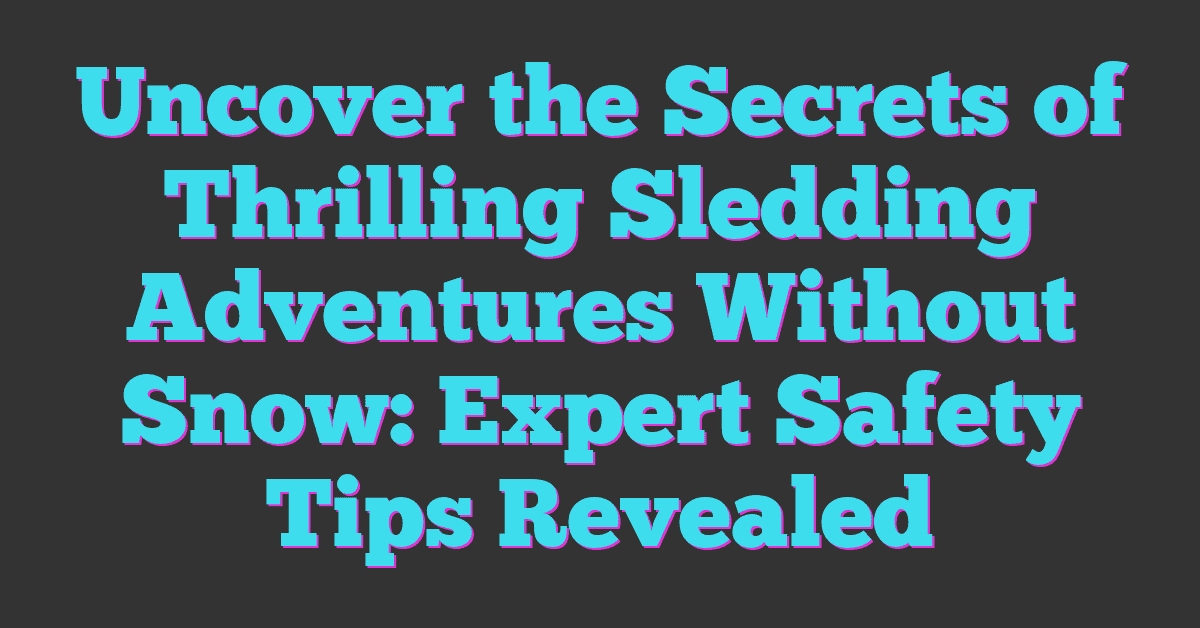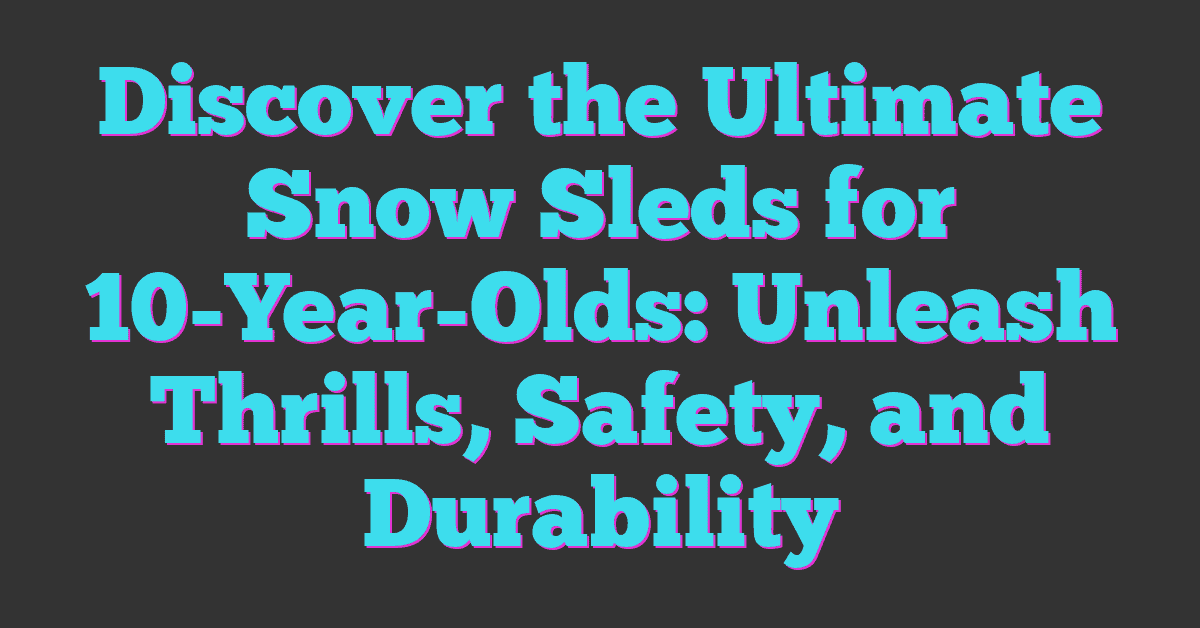If you’re new to snowboarding or just want to sound like a pro on the slopes you’ll want to get familiar with some key slang. Snowboarding isn’t just about riding the mountain—it’s a whole culture with its own language that helps you connect with others and understand what’s happening around you.

Understanding Snowboarding Slang You Should Know
Learning snowboarding slang deepens your connection with the sport and its community. You get to decode conversations and catch the vibe on the mountain. Here are essential terms you’ll hear from riders and why they matter.
- Shred: You shred when you ride aggressively and skillfully. Saying “Let’s shred the gnar” means tackling difficult terrain with confidence.
- Gnar: Short for gnarly, it describes tough snow conditions or challenging runs. Expect to hear this when the slopes get wild.
- Stomp: This means landing a trick perfectly. You’ll want to stomp your tricks to impress and boost your style points.
- Send it: Use this when you commit fully to a jump or trick without hesitation. Riders tell each other to send it to encourage bold moves.
- Bat Country: Refers to trees and tight spots where only confident riders venture. It’s a test of skill and nerve.
- Butter: A stylish move involving smooth, flexible board presses and spins on flat terrain. Butter keeps your ride creative and fluid.
- Pop: The explosive upward force in jumps. Mastering your pop gets you more air and better control in tricks.
- Freshies: Tracks made when no one has ridden before. Catching freshies offers that crisp, untouched snow feeling every rider craves.
- Deck: The snowboard itself. Knowing your deck well helps you understand how it behaves on snow.
Grasping these key phrases gives you insider knowledge that enhances every ride. You’ll feel part of the community when you use slang naturally during your next trip to the mountain.
Common Snowboarding Terms and Their Meanings
Knowing snowboarding slang helps you talk the talk on the slopes. Below are key terms that every rider uses, split into tricks, gear, and terrain.
Tricks and Maneuvers
- Ollie: You lift your board off the ground by popping the tail, starting many tricks.
- Grab: You hold the board mid-air during a jump; types include indy, melon, and stalefish.
- Butter: You spin or slide on the nose or tail while keeping the board’s edges soft.
- Stomp: You land a trick perfectly without wobbling or falling.
- Send it: You commit fully to a jump or trick without hesitation.
- Shifty: You twist the board underneath you while airborne, then realign before landing.
Equipment and Gear
- Deck: The snowboard itself.
- Bindings: The plates and straps that secure your boots to the deck.
- Boots: Designed for support and flex, they connect you to your board.
- Stomp pad: A textured pad on the deck that improves grip when one foot’s out of the binding.
- Leash: A safety strap that attaches your board to your ankle to prevent runaway boards.
Terrain and Conditions
- Freshies: Untouched, pristine powder snow.
- Gnar: Short for gnarly, describing tough or challenging snow or terrain.
- Bat country: Dense tree areas where riding gets technical.
- Berm: A banked turn built up by riders or machinery.
- Icy: Hard, slick snow that makes control tricky.
- Chatter: Rapid vibration felt through the board on rough or icy patches.
Using these terms connects you with the snowboarding community and helps you describe your experience like a true enthusiast.
Regional Variations in Snowboarding Slang
You’ll spot different slang terms depending on where you ride. Western U.S. slang often includes “shred” and “gnar,” emphasizing aggressive riding and challenging terrain. In the Northeast, riders might say “cord” to describe packed powder, while Canadian snowboarders throw around “litties” for lightly powdered snow.
European riders add their own twist, with the French using “poudre” for powder and Germans saying “kicker” for jumps. Australian riders, who snowboard mostly in the southern Alps, often say “chirp” for the sound of fresh tracks scratching the snow.
Knowing these regional variations helps you connect with riders worldwide and makes your snowboarding experience more immersive. If you hear a new term while traveling, asking local riders can open up new riding perspectives and expand your snowboarding vocabulary.
How to Use Snowboarding Slang Confidently
Familiarize yourself with common snowboarding slang by listening to conversations on the slopes and in snowboard communities. Practice using terms like “shred,” “send it,” and “gnar” naturally during your rides or when chatting with fellow riders.
Observe how experienced snowboarders share stories and describe tricks, terrain, and conditions. Adopt phrases that fit your style and comfort level, adapting slang to match different regional contexts you encounter while traveling.
Engage actively with local riders, asking for explanations if any terms confuse you. Use slang to describe your own experiences, such as “I stomped that trick” or “the freshies were perfect today,” which boosts your confidence and helps build camaraderie.
Balance technical terms with slang; ensure your usage suits the situation, especially around newer riders who might not know all expressions. Use slang to add flavor and personality to your communication without overwhelming the conversation.
Conclusion
Getting the hang of snowboarding slang opens up a whole new way to connect with the community and enjoy your time on the mountain. It’s not just about knowing the words but feeling the vibe behind them.
As you spend more time riding, you’ll naturally pick up on the lingo and maybe even add your own twist. So don’t hesitate to jump in, chat with other riders, and let the slang become part of your snowboarding style. It’s all about having fun and feeling at home wherever you shred.










